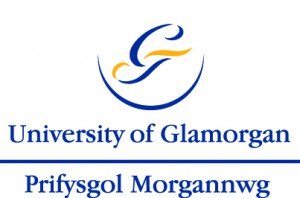Brittany's borders

Brittany’s borders
Communication at the International Symposium Crossing borders – History, theories and identities, University of Glamorgan, UK, 2-4 December 2004.
Brittany, unlike a state, lacks formal political borders but is defined by multiple boundaries. Externally, the sea is not a barrier but a vital link and origin point, as the region was settled from Britain via the Channel between the 4th and 7th centuries. The eastern land border, established in 851, remains largely unchanged except for the controversial separation of Loire-Atlantique in 1941, disputed by many Bretons who seek reunification for cultural and economic reasons. Internally, Brittany contains many “micro-borders,” including historic dioceses and “small countries” shaping regional identities. A significant linguistic border divides Breton-speaking Lower Brittany and French-speaking Upper Brittany, creating cultural distinctions still felt despite language decline. Additionally, invisible historical borders based on place-name studies correspond to cultural and linguistic zones influencing Breton identity. These layers of borders—external and internal—combine history, culture, and politics, reflecting past legacies and contemporary social dynamics in Brittany.